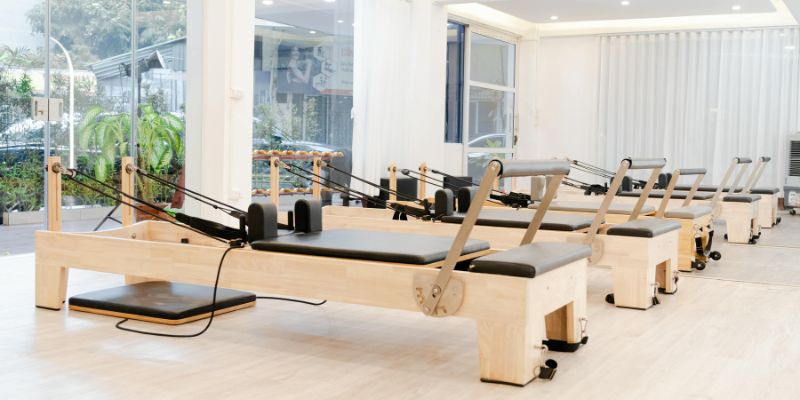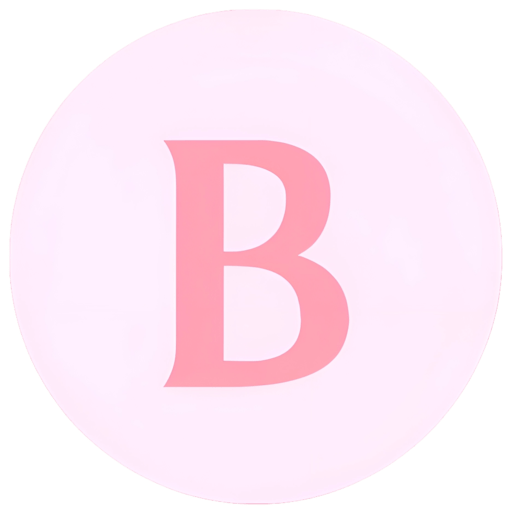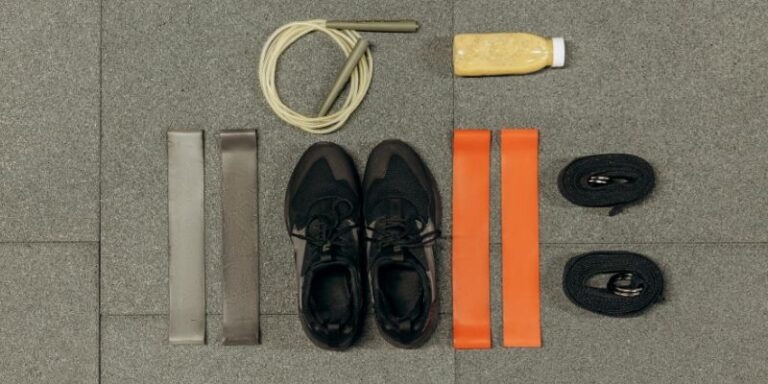Types of Pilates are as diverse as the individuals who practice them, offering something for everyone, whether you’re a seasoned fitness enthusiast or a complete beginner. Pilates has gained immense popularity worldwide, and understanding the different types of Pilates can help you select the style that best aligns with your goals and lifestyle.
Imagine this: you step onto a mat or into a studio, ready to embrace a workout that not only strengthens your body but also refreshes your mind. That’s the magic of Pilates. Whether you’re looking to build core strength, improve flexibility, or find balance in a hectic world, types of Pilates offers a variety of methods tailored to meet your unique needs.
In this article, we’ll dive deep into the world of Pilates, explore its origins, why it’s a global sensation, and the distinctive benefits of each type. Let’s begin your journey to discovering the perfect type of Pilates for you!
What Makes Pilates So Popular? A Brief History
Pilates was developed in the early 20th century by Joseph Pilates, a German physical trainer who believed in the power of controlled movement to heal and strengthen the body. Initially used to rehabilitate injured soldiers and dancers, Pilates evolved into a holistic exercise method loved by millions worldwide.
Its focus on core strength, body alignment, and mindful movement makes it suitable for all ages and fitness levels. Today, various types of Pilates are practiced in studios, gyms, and homes globally, offering benefits such as improved posture, reduced stress, and enhanced flexibility.
Types of Pilates: Which One is Right for You?
Let’s explore the main types of Pilates, each offering unique benefits. This comprehensive guide will help you choose the type of Pilates that aligns with your fitness journey.
Classical Pilates
Classical Pilates stays true to Joseph Pilate’s original teachings. This structured, traditional approach follows a set sequence of exercises designed to build core strength, flexibility, and control.
Key Features:
- Sequence: Exercises are performed in a specific order.
- Equipment: Traditional apparatus like the Reformer, Cadillac, and Wunda Chair.
- Focus: Precision, control, and alignment.
Example Exercise: The “Hundred” is a dynamic warm-up targeting the core.
Who Should Try It? Perfect for those who appreciate structure and want to experience Pilates as its founder intended.
Mat Pilates
Mat Pilates is a versatile, equipment-free option that relies on bodyweight exercises performed on a mat. It’s accessible and beginner-friendly.
Key Features:
- Accessibility: Requires only a mat.
- Versatility: Can be practiced anywhere.
- Focus: Core strength and stability.
Example Exercise: Roll up a stretch and core-strengthening move.
Who Should Try It? Ideal for beginners or anyone seeking a cost-effective, portable workout.
Reformer Pilates
Using a specialized machine called the Reformer, this type of Pilates adds resistance to exercises, enhancing strength and flexibility.
Key Features:
- Equipment: Includes springs, a sliding carriage, and ropes.
- Focus: Builds strength, improves alignment, and increases flexibility.
Example Exercise: Footwork Series a lower-body strengthener.
Who Should Try It? Great for those who want a challenging, full-body workout.
Contemporary Pilates
This modern take blends traditional Pilates with new techniques and knowledge of biomechanics, offering a personalized approach.
Key Features:
- Adaptability: Tailored to individual needs.
- Innovation: Uses props like balls and bands.
- Focus: A holistic, balanced workout.
Example Exercise: Side-lying leg Lifts for stability and hip strength.
Who Should Try It? Perfect for anyone seeking a customized, dynamic workout.
Clinical Pilates
Designed for rehabilitation, Clinical Pilates focuses on improving posture, alignment, and recovery from injuries.
Key Features:
- Rehabilitation: Used in physiotherapy settings.
- Personalization: Tailored exercises to target specific issues.
- Focus: Injury prevention and recovery.
Example Exercise: Pelvic Bridge gentle strengthening for the lower back and core.
Who Should Try It? Ideal for those recovering from injuries or managing chronic pain.
Stott Pilates
A modern interpretation, Stott Pilates emphasizes neutral spine alignment and caters to different body types.
Key Features:
- Neutral Spine: Prioritizes natural alignment.
- Modifications: Adjustments for various fitness levels.
- Focus: Strength, flexibility, and alignment.
Example Exercise: Spine Stretch Forward to improve posture and flexibility.
Who Should Try It? Great for anyone focused on spinal health and a personalized workout.
Power Pilates
A high-energy style combining traditional Pilates with cardio and strength training elements.
Key Features:
- Intensity: High-energy movements.
- Cardio: Incorporates aerobic elements.
- Focus: Strength, endurance, and flexibility.
Example Exercise: Jumpboard Drills a cardio-intensive move on the Reformer.
Who Should Try It? Perfect for experienced practitioners seeking a vigorous challenge.
Prenatal Pilates
Tailored for expectant mothers, Prenatal Pilates supports the body during pregnancy and prepares it for childbirth.
Key Features:
- Safety: Focuses on pregnancy-safe movements.
- Core Strength: Targets the pelvic floor.
- Focus: Overall strength and flexibility.
Example Exercise: Cat-Cow Stretch for back relief and flexibility.
Who Should Try It? Expectant mothers looking to stay active safely.
Pilates for Athletes
Customized for athletes, this style enhances performance and prevents injuries.
Key Features:
- Performance: Improves strength and flexibility.
- Injury Prevention: Focuses on proper mechanics.
Example Exercise: Single-Leg Stretch for balance and coordination.
Who Should Try It? Athletes seeking an edge in their performance.
Chair Pilates
Chair Pilates offers a low-impact workout using a chair or specialized equipment.
Key Features:
- Accessibility: Ideal for limited mobility.
- Low Impact: Gentle on joints.
- Focus: Balance, strength, and flexibility.
Example Exercise: Seated Leg Lifts to build lower-body strength.
Who Should Try It? Seniors or those recovering from injury.
How to Choose the Right Type of Pilates
- Assess Your Fitness Level: Beginners might enjoy Mat Pilates, while advanced practitioners may prefer Power or Reformer Pilates.
- Define Your Goals: Need rehab? Try Clinical Pilates. Want intensity? Go for Power Pilates.
- Consider Accessibility: For home workouts, Mat Pilates is ideal. Studio-goers might explore Reformer Pilates.
- Explore Your Interests: Love innovation? Contemporary Pilates could be your match.

Conclusion: Embrace the Perfect Type of Pilates
Pilates isn’t just a workout; it’s a journey toward better health and balance. By understanding the different types of Pilates, you can find the style that aligns with your goals and lifestyle. Whether it’s the structured flow of Classical Pilates or the high-energy vibe of Power Pilates, there’s something for everyone.
So, are you ready to transform your body and mind? Roll out your mat, take a deep breath, and dive into the world of Pilates. Your journey to strength, flexibility, and wellness starts now!










